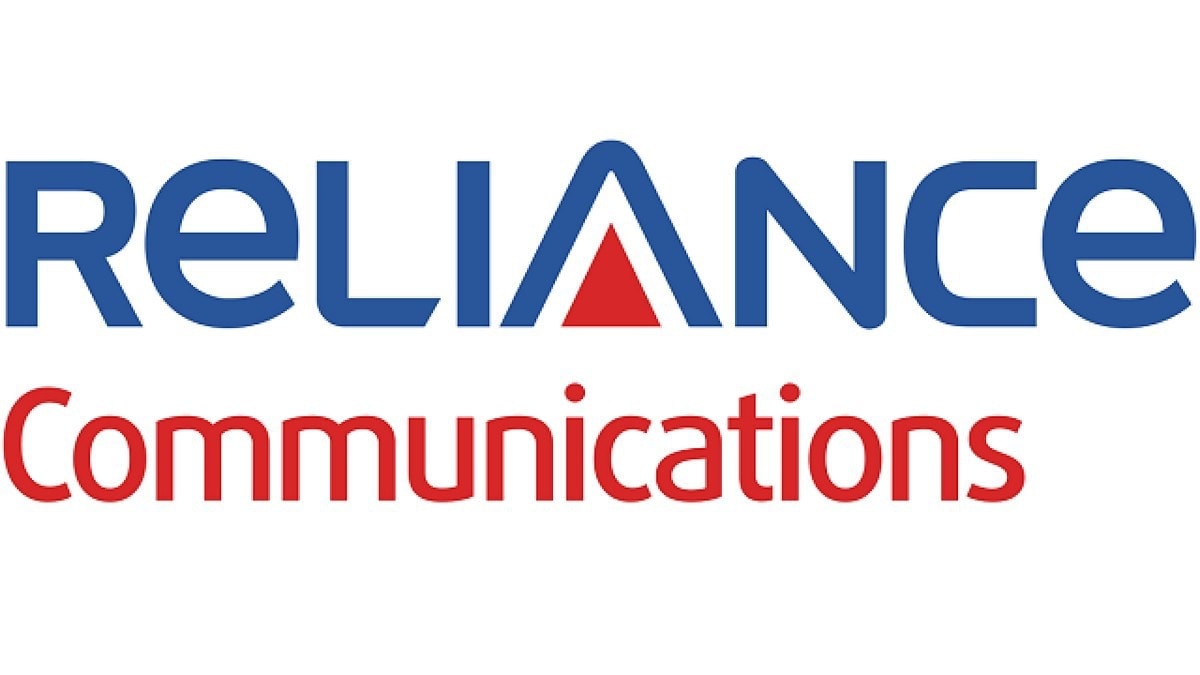Developing Price Strategies and Programs
Developing Price Strategies and Programs
Marketing mix for companies comprises of 4 Ps Product, Price, Place and Promotion. Price is directly related to bottom-line of any business. Profitability of product is required for future operation of the company. Price strategy should communicate to the customer the value company is providing.
There is in-numerable price related challenges in the market for companies. Furthermore, with the advent of internet customer awareness for pricing information has improved. Sites like Priceline and eBay are encouraging customer to name their price for products as well as services.
Pricing strategy is dynamic in nature and should reflect changing condition in competition as well as the market. Overall price strategies follow six step model:
- Step 1: Pricing can facilitate in achieving the positioning objectives of the company. If the company is facing tough competition or running at over capacity then price would be set taking into account the variable cost and some part of fixed cost. This strategy is a short term in nature. If the company is looking forward to maximizing profit then it sets higher price by considering competition and cost. This strategy has risk of running into trouble with consumer or legal issue. If the company is looking forward to improving and maximize market share then it will set lower price as to generate maximum volume. Companies looking forward to introducing new technology and revolutionary product look to set market skimming price.
- Step 2: Law of economics says that at every price level, there is a definite demand for the product. However, this law varies with nature of product, for example, commodity demand will fall with the rise in the price and for luxury good demand will rise with a price increase. Companies need to plot the demand curve with respect to price as to understand price sensitivity. This demand curve can be estimated using statistical methods by analyzing historical data or by perform price related experiments to understand what customers are willing to pay or through market research and putting the question directly to the customer.
- Step 3: companies need to manage cost for to be left with respectable margin of profit. Companies need to establish a level of production at which fixed and variable cost can be maintained. Generally, it is observed that production level increase cost per unit decreases owing to the learning curve effect which comes through experience. Activity based costing is getting in prominence as to allocate the cost properly which helps in estimation profit correctly. Another way of cost setting is through the target costing, made famous by Japanese companies. In target costing companies set price and profit level. After which they concentrate on cost as to maintain the profit level.
- Step 4: companies need to pay particular attention to what competition is doing with respect to price, cost and promotional offer. Companies need to be aware by how much competitors can vary their price against the price set by the company.
- Step 5: There are various method used to the set the price. Most common is the mark up method where price is set at a desired profit level. Target return pricing method talks about setting price based on return on investment set by the company. Perceived value pricing method talks about setting price based on the perceived value in consumer price and companies ability to deliver that value. In value pricing method, companies charge lower price for high quality product from loyal customers. This method is usually seen in the super market. Auction type pricing, going rate pricing and group pricing are other pricing methods.
- Step 6: following above the five steps companies can now make the final choice of price. This final price is set looking at consumer perception towards quality and product. Positioning as per the marketing and advertising campaign also determine final price.
Pricing should adapt to factors like geographical location, market segment and economic conditions. Companies should remain flexible towards pricing policy and change as per market dynamics. Companies should also not react blindly to price change by competition rather should focus on analyzing the underlying motives.










